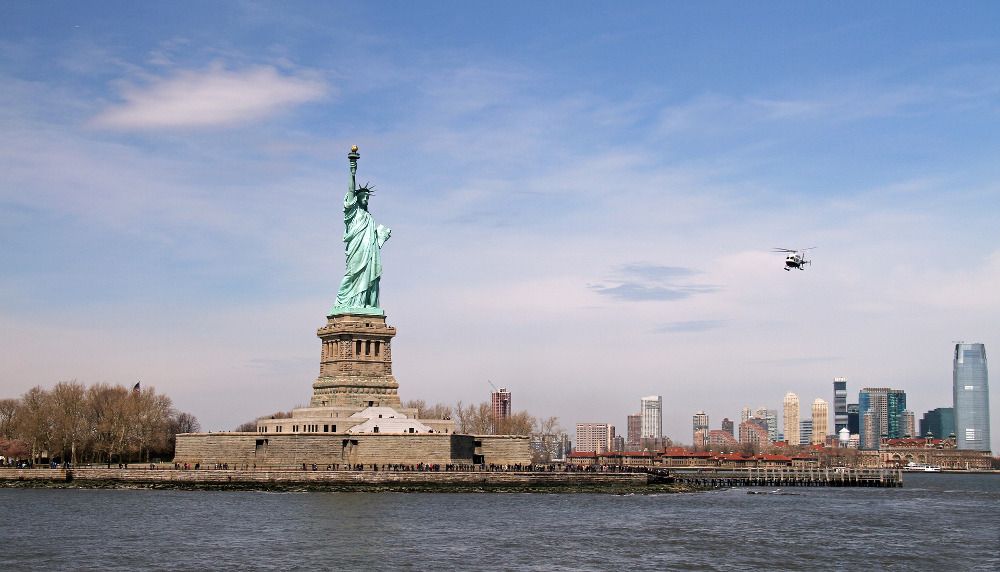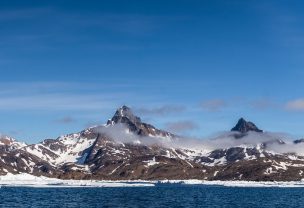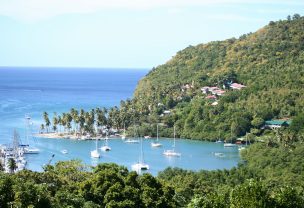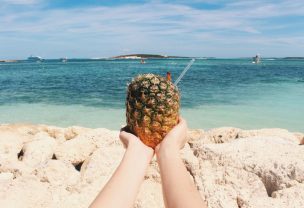Quick facts
- Full name: United States of America
- Capital: Washington, D.C.
- Largest city: New York City
- Official language: English (US)
- Area: 3,531,905 sq mi (9,147,590 km2)
- Population: 325,719,178 (2017)
- Currency: United States Dollar ($) (USD) 1 USD = 100 cents
- Foreign tourists: 75.6 million (2016)
- Travel risks and hazards: Various natural hazards, crime, dangerous wildlife.
The United States of America is truly one of the most diverse countries on earth. The country including the states of Alaska and Hawaii can be divided into at least 7 major climate zones placing it on the list of megadiverse countries. The national parks of Sequoia, Grand Canyon, Zion, Yellowstone, Glacier, these are just names of some of the most breathtaking movie-like landscapes one could witness. Not only diverse geographically, but it is also the biggest cultural mixture in the world, although predominantly English, but other European and Asian cultures are also vibrant. The US as a tourist destination leader has all the means to back up their status. Although the US is a first world country and is generally considered to be safe there still are some risks and hazards the traveler may encounter on their trip.
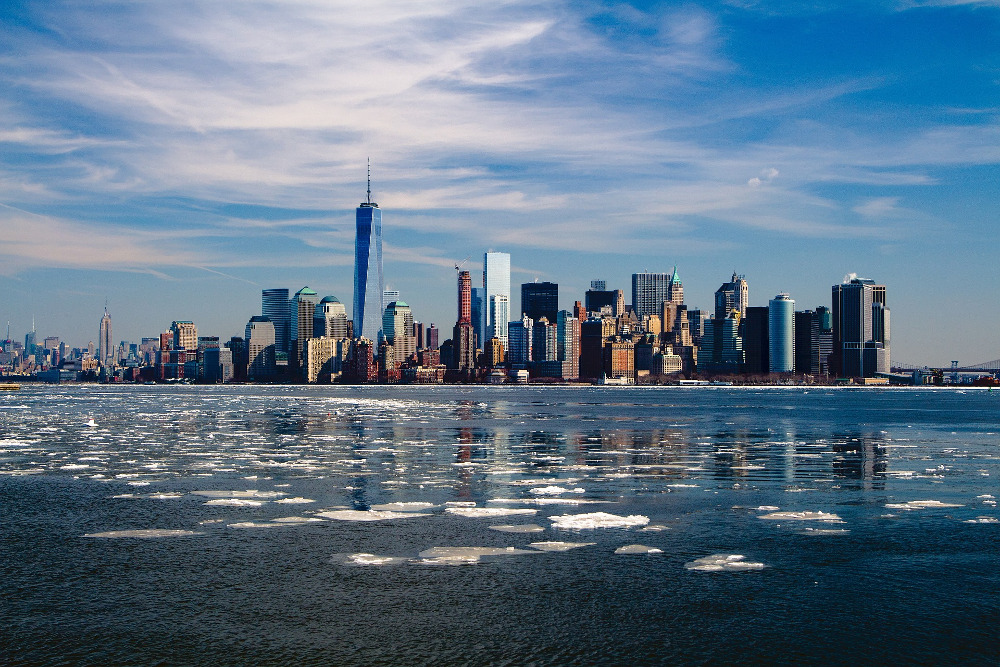
Traveling info
Traveling through and to the US is generally safe. It is usually required for a foreign tourist to obtain a visa from the tourists country of citizenship although Visa Waiver Program allows citizens from 38 countries to travel to the USA for up to 90 days without the need to obtain a Visa. (List included in sources). Certain states require you to obtain an “International Drivers License” or “IDP”. The document must be issued by the motor vehicle department of the country that issued your license. Beware of scams that happen to careless visitors.
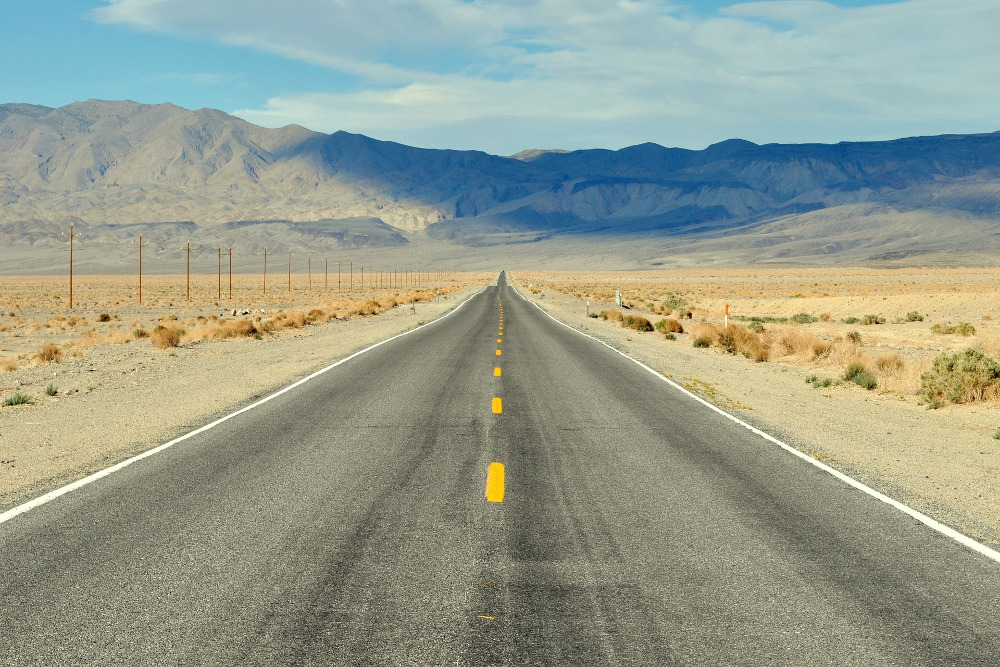
Traveling hazards
Public communication is well developed in major as well as smaller cities. Taxi fares also are known as “cabs” are widely available throughout the country although may be expensive. The infrastructure is well developed although a road trip from east to the west coast would usually take up to 5 days driving 8 hours a day. There is an extensive system of highways spanning across all of the US. Road conditions may vary across states however in urban areas, including major roads between towns roads are well built and maintained. Rural roads might be rougher depending on the state. It is much quicker to use the US domestic flights which come at accommodating prices.
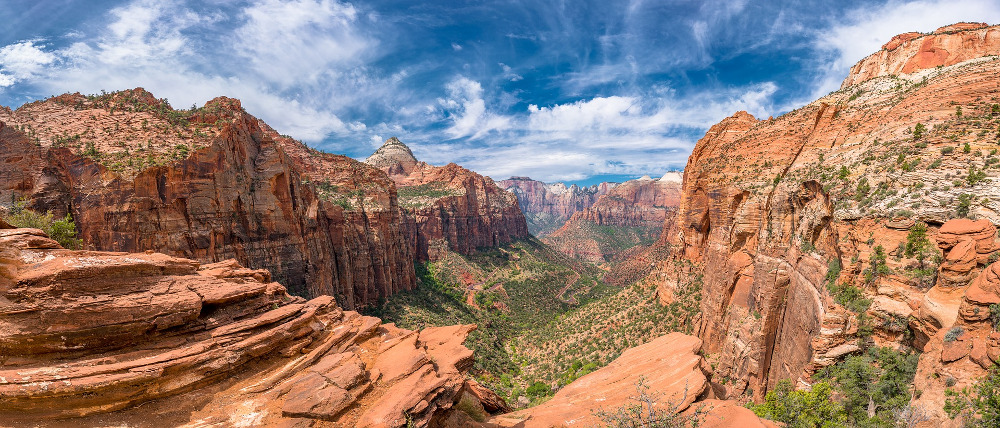
Environmental hazards
Due to the size of the United States, different regions vary in the dangers that their wildlife or weather can bring to a careless tourist. The country is home to many different species of animals that may pose a threat to humans. Bears are one of the dangers that tourists may come across and if such interaction occurs it is most likely going to be a black bear. These are common all across the USA, up to 400 thousand of these inhabit the US and are becoming a common sight due to their love for human food which attracts them to urban areas in search for food, usually in the garbage. The famous grizzly bear is a very rare sight. They can only be found in the states of Montana and Wyoming so it is advisable to be careful when venturing into the wild areas of the bear country. Gray wolves also inhabit the northern parts of the US including Idaho, these creatures may pose threat but mostly avoid humans. Another nasty surprise for the tourists that travel through the rural areas may be mountain lions which inhabit all of the central and western American states. The chances of being attacked are small and on average usually 4 attacks a year are reported of which 1 proves fatal. In the south-eastern region American alligators inhabit the area stretching from Texas to North Carolina, it is advisable to avoid swimming in lakes or rivers at dusk when these creatures are most active. They are also very commonly found in swamps and marshes. Scorpions are also dangerous for tourists although fatal incidents are very rare. Scorpions inhabit mostly southwestern regions such as Arizona and bordering states, the most dangerous species is the Arizona Bark Scorpion. There are many snakes in America but only 3 prove to be dangerous and all three can be found in the eastern part of America. Mainly found in the rural areas although some may be seen close or in urban areas. For the tourists that prefer to spend their holidays on the coast, it is advisable not to swim in the ocean after dusk or with cuts, etc, as tiger sharks preferably hunt in shallow waters and although rare an encounter with such may be fatal.
Not only animals pose a threat but also weather conditions prove to be more dangerous than the wildlife. Tropical cyclones mostly affect the eastern coast and impede any sort of travel or tourism in endangered areas. Earthquakes occur throughout all of the US but the west coast and the states of Alaska and Honolulu are the most likely to be struck by one. Wildfires and floods are common throughout the western and southern region of the US.
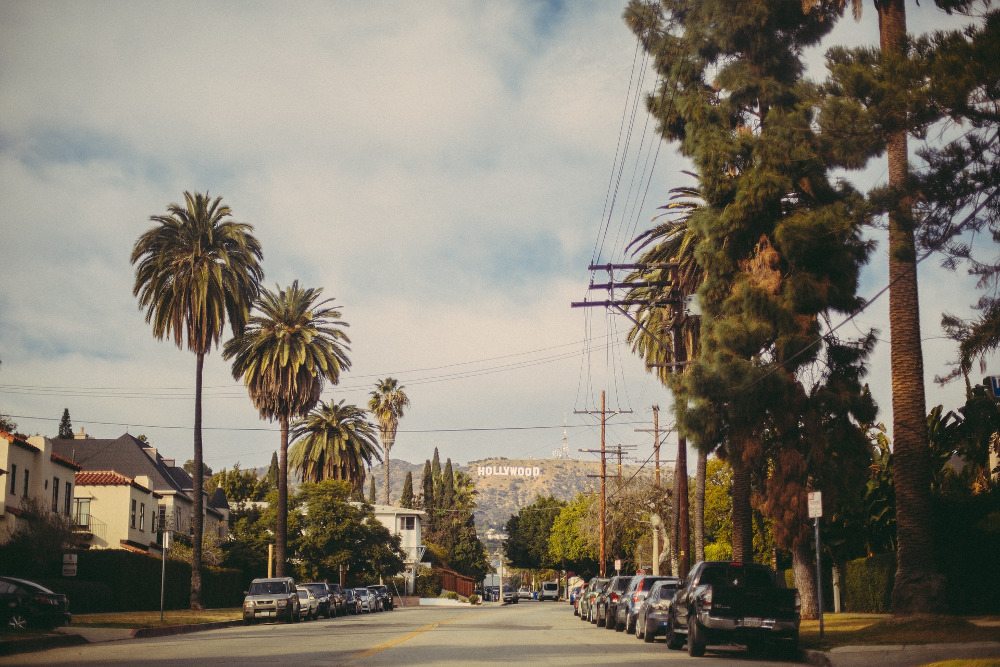
Health hazards
The US is free of any major disease outbreaks just like the rest of the first world countries however there are a number of vaccines required prior entering the USA such as Hepatitis A and B, Influenza, Polio, Mumps, etc. (Full list in sources) Healthcare in the US is mostly private which means you are required to have an active health insurance bought in the US unless your health insurance is international. Healthcare in the US is also very expensive and you may have to pay up front. If you do not have a health insurance the bill for treatment will be sent to your home country and in such circumstances tends to be very expensive. Not paying the bill may result in difficulties with revisiting the US.
In case of an emergency dial 911.
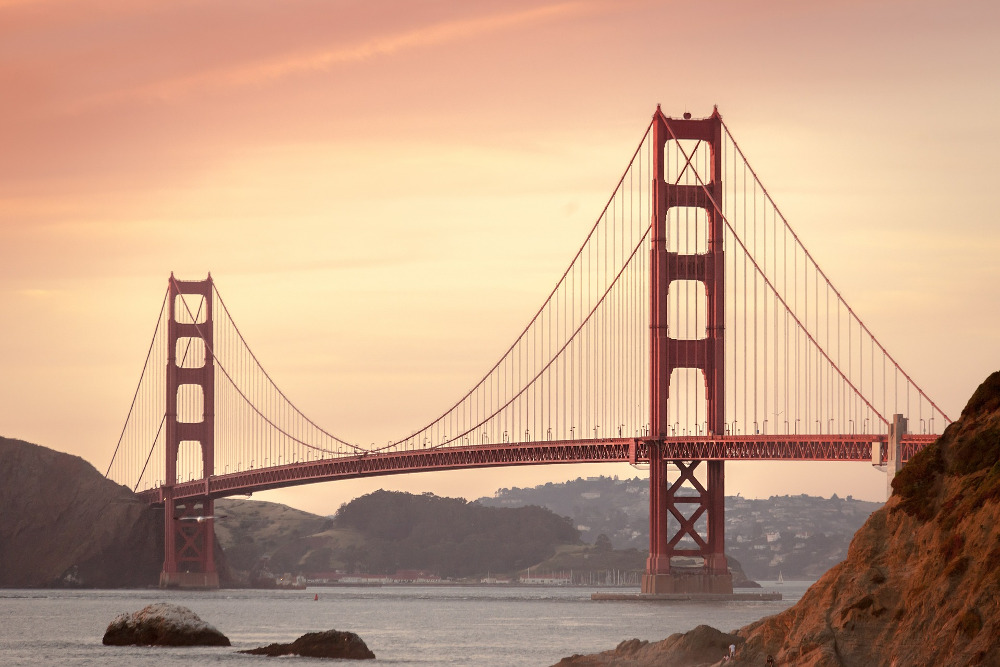
Crime
Crime rates vary considerably across cities and suburbs and incidents rarely involve tourists. Overall most commonly committed crimes tend to be: aggravated assault 64.3% and robbery 26.6% in 2016. Throughout the entire nation, tourists may be vulnerable to minor theft, pickpocketing, scams, and mugging. It is advised to stay cautious especially in tourist areas. It is best not to take all of your valuables with you, leave most in your hotel if possible. Wearing a money belt is probably your best shot to prevent such theft. Staying out of physical contact with strangers in the street is also advisable. Although none of these are life-threatening situations some US cities are worth being taken off of your “what to see” list because minor theft would be the least of the worries in these places. Certainly, Detroit in the state of Michigan which is infamous for being the most dangerous city of the US. St.Louis Missouri, Oakland California, Memphis Tennessee, and Birmingham Alabama join Detroit on the 5 most dangerous cities of the US. It is worth mentioning to certainly avoid some of the districts in the above-mentioned cities. These include W. Warren Ave and Mckinley St in Detroit Michigan, City Center of East St. Louis Illinois, E Mowawk Blvd, and N Cincinnati Ave Tulsa Oklahoma, Memphis Tennessee E Mclemore Ave and Latham St. These are some of the most dangerous areas where being killed is a serious possibility. (List of dangerous districts included in sources). In terms of drugs, alcohol is legal across all states, marijuana is legal for medicinal use in 29 states and recreational in only 9. (List of states and allowed possession in sources) All other kinds of drug possession is illegal. Although suffers from drug trafficking problem, especially the states bordering Mexico. Gang-related violence is also significantly higher in southern states although rarely affects tourists.
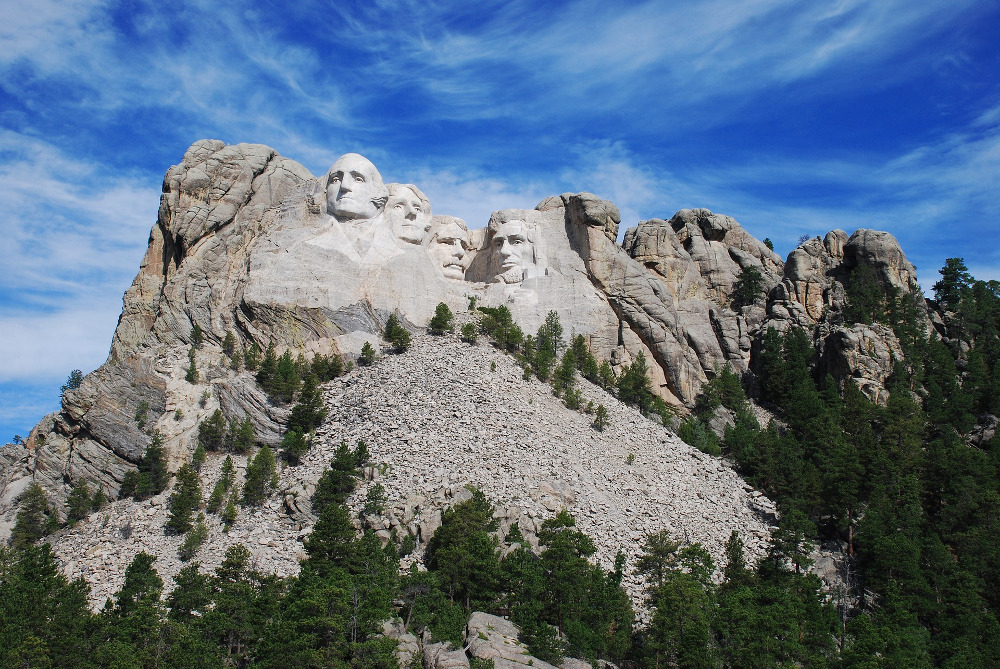
Summary
The USA is generally a safe destination to travel, two most important things are the Visa and health insurance, and as long as you’ve got these two covered you’re in for some great time exploring huge and diverse cities as well as overwhelmingly beautiful landscapes. Remember that planning your trip with Travset.com will give you the quickest information about nearest emergency services and will also help you purchase indispensable travel insurance for the trip of your lifetime. Please feel free to comment and share the experiences of your travels with Travset.com.
Sources
(Marijuana legal states)
https://medicalmarijuana.procon.org/view.resource.php?resourceID=000881
(Visa Waiver Program)
http://www.esta.us/visa_waiver_countries.html
(Crime)
https://www.forbes.com/pictures/mlj45jggj/1-detroit/#684c8e3e69d9
https://www.fbi.gov/news/stories/2016-crime-statistics-released
(IDP)
https://www.usa.gov/visitors-driving
(Dangerous neighborhoods list)
https://www.neighborhoodscout.com/blog/25-most-dangerous-neighborhoods
(Required vaccination list)
https://travel.state.gov/content/travel/en/us-visas/immigrate/vaccinations.html



